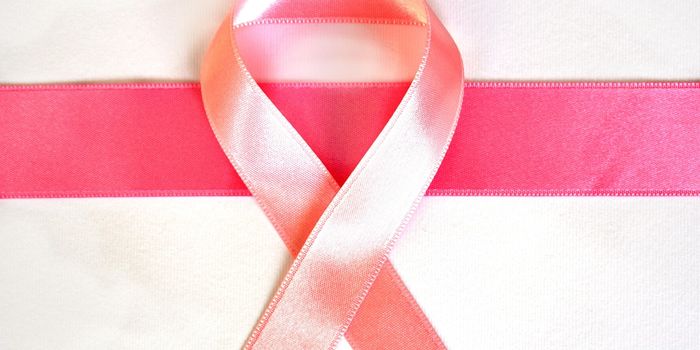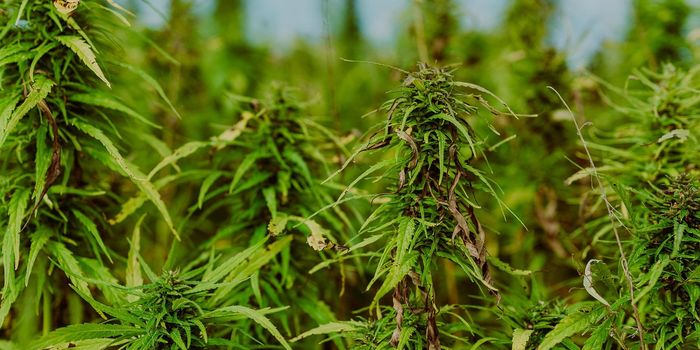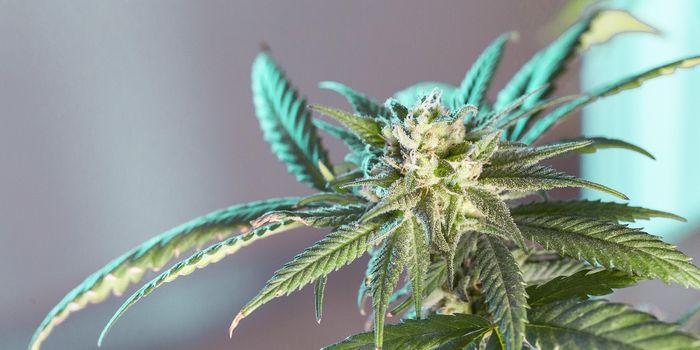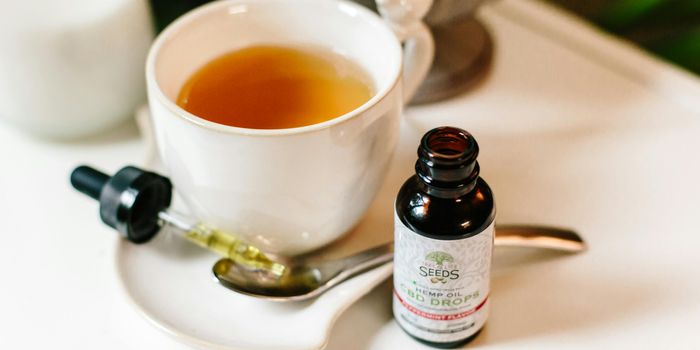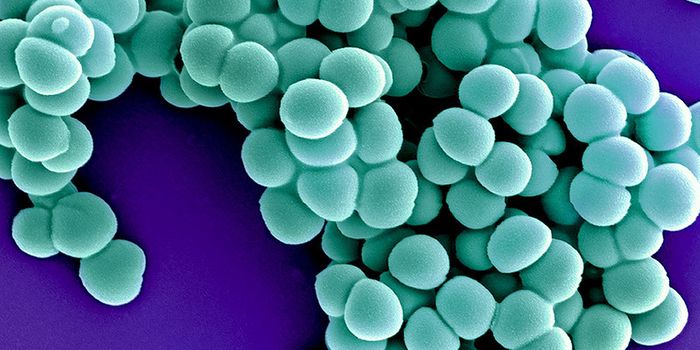Shellfish - the new method to prevent unwanted pregnancies
A sugar that is created by shellfish may be the next best way to prevent unwanted pregnancies.
According to a 2022 report by the United Nations Population Fund, nearly half of all pregnancies are unintended. And while contraception, or birth control, methods have a long history and have been utilized for centuries, many of the current, most-utilized forms of hormonal birth control have undesirable side effects. Because of this, there is an unmet need for a form of birth control that can achieve the high efficacy of hormonal contraceptives, without the side effects. In a study published recently in the journal Science Translational Medicine, a team of researchers from Sweden developed a topical gel, utilizing a sugar produced by shellfish, that may be an effective, non-hormonal form of birth control.
Chitosan is a sugar-based polymer that has the capability to crosslink with other biological molecules and form stable bonds. Interestingly, the most abundant source of chitosan is from the exoskeleton of crustaceans, such as crabs and lobsters. Chitosan has been highly researched in recent years and has a wide range of uses. For example, there are some purported, but not proven, health benefits in taking chitosan as an oral supplement. And other researchers have utilized chitosan in the production of biodegradable batteries or food containers. However, this is the first-time chitosan has been investigated as a form of birth control.
Because of the molecular properties of chitosan, the researchers used it to develop the contraceptive gel. The researchers found that the gel was able to reinforce the mucus barrier of the cervix which could help prevent sperm from reaching the uterus. The gel was first tested on ovulating sheep, where the gel was applied before artificial insemination. It was found that the chitosan-gel significantly reduced the number of sperm that reached the uterus. Importantly, the chitosan formulated gel did not damage or irritate the vaginal epithelium. This differs from other gels currently on the market (see embedded video below) as it reinforces the protective mucus barrier that already exists in the women’s reproductive tract.
Dr. Thomas Crouzier, a lead researcher on the study, said of the gel, “Vaginal gels like this can be applied in seconds. We imagine that a product like this should be usable from seconds to a few hours before sexual intercourse. The effect could last for hours, but diminish over time as the mucus barrier is replaced naturally.” And while the gel has yet to be tested in humans, the researchers are hopeful that it will soon be an effective and safe non-hormonal method of birth control.
Sources: United Nations Population Fund; Our Bodies Ourselves; Brown University; Science Translational Medicine; Memorial Sloan Kettering Cancer Center; labroots; labroots

